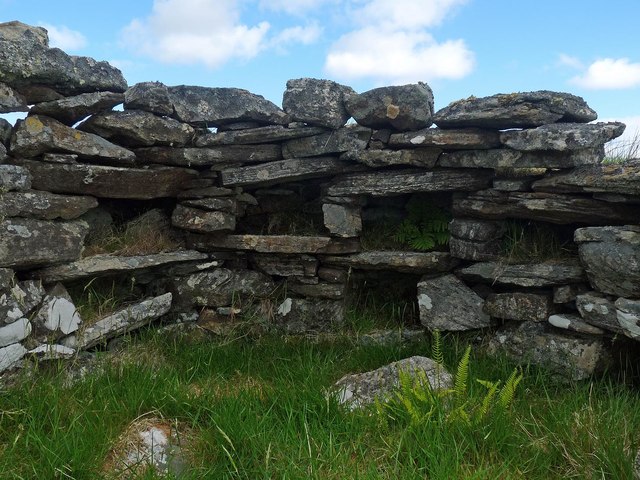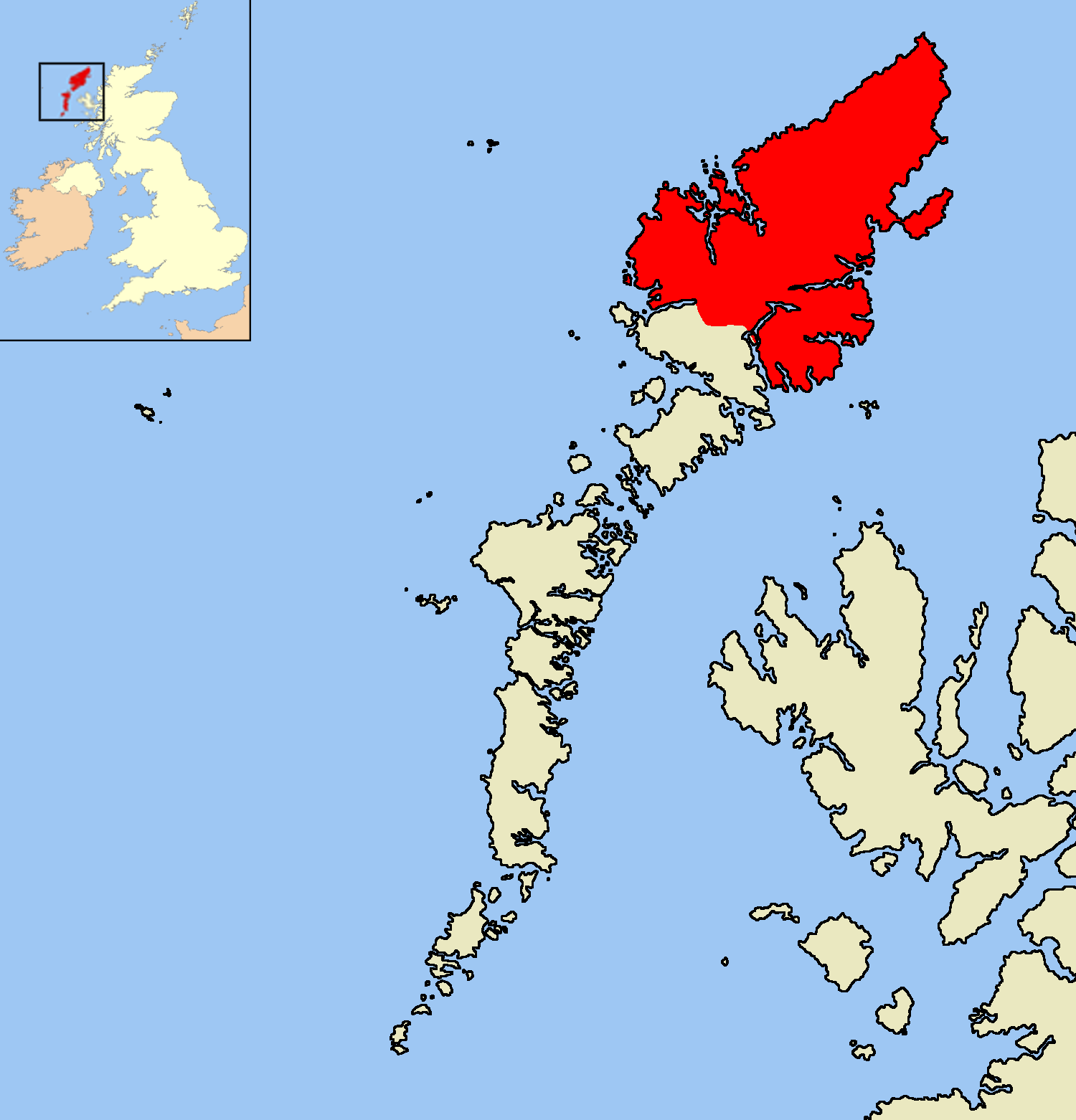Loch na Gainmhich
Lake, Pool, Pond, Freshwater Marsh in Ross-shire
Scotland
Loch na Gainmhich

Loch na Gainmhich is a stunning freshwater loch located in Ross-shire, Scotland. Nestled amidst the breathtaking Scottish Highlands, this picturesque body of water stretches over an area of approximately 2 square kilometers. Surrounded by lush greenery and rolling hills, Loch na Gainmhich offers visitors a tranquil and idyllic setting.
The loch itself boasts crystal-clear waters that shimmer under the sunlight, providing a stunning reflection of the surrounding landscape. Its depth varies, with some areas reaching up to 10 meters. The shores of Loch na Gainmhich are adorned with rocky outcrops and patches of sandy beaches, making it an ideal spot for picnicking or simply enjoying the scenery.
As a freshwater marsh, Loch na Gainmhich is home to a diverse array of flora and fauna. The marshy areas surrounding the loch are filled with reeds, rushes, and water lilies, creating a vibrant and colorful habitat. It is not uncommon to spot various bird species, such as ducks, swans, and herons, gracefully gliding across the water or nesting along the shoreline.
Fishing enthusiasts are drawn to Loch na Gainmhich for its bountiful population of trout. The loch offers an excellent opportunity for angling, and visitors can often be seen casting their lines in hopes of catching a prized fish.
Overall, Loch na Gainmhich is a true gem of nature, offering a serene and captivating experience for anyone seeking to immerse themselves in the beauty of the Scottish Highlands.
If you have any feedback on the listing, please let us know in the comments section below.
Loch na Gainmhich Images
Images are sourced within 2km of 58.248584/-6.5667758 or Grid Reference NB3237. Thanks to Geograph Open Source API. All images are credited.


Loch na Gainmhich is located at Grid Ref: NB3237 (Lat: 58.248584, Lng: -6.5667758)
Unitary Authority: Na h-Eileanan an Iar
Police Authority: Highlands and Islands
What 3 Words
///clubbing.conductor.image. Near Stornoway, Na h-Eileanan Siar
Nearby Locations
Related Wikis
Lewis Peatlands
Lewis Peatlands (Scottish Gaelic: mòinteach Leòdhais) is a large area of blanket bog covering more than one third of the Isle of Lewis, off the west coast...
Isle of Lewis
The Isle of Lewis (Scottish Gaelic: Eilean Leòdhais) or simply Lewis (Scottish Gaelic: Leòdhas, pronounced [ˈʎɔːəs̪] ) is the northern part of Lewis and...
Lewis and Harris
Lewis and Harris (Scottish Gaelic: Leòdhas agus Na Hearadh, Scots: Lewis an Harris), or Lewis with Harris, is a single Scottish island in the Outer Hebrides...
Achmore, Lewis
Achmore (Scottish Gaelic: An t-Acha Mòr; marked on some maps as Acha Mòr) is a village in the Scottish Outer Hebrides, on the Isle of Lewis. The name means...
Have you been to Loch na Gainmhich?
Leave your review of Loch na Gainmhich below (or comments, questions and feedback).

















